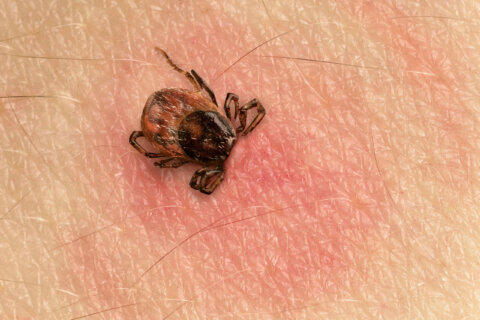Spring may be just around the corner, but winter is still here with more cold days in the forecast. Those conditions that your body experiences when the weather is frigid, can spell bad news for your skin.
“The combination of wind, low humidity and blasting heaters are really quite the dry skin hat trick,” said Dr. Adam Friedman, professor and chair of dermatology at George Washington School of Medicine and Health Sciences in D.C.
Friedman said one big role of the skin is to act as the body’s armor, but when it gets dry, the water in your skin isn’t there, leading to cracked skin.
“When the skin is dry, it’s cracked, it’s open, water gets out and things like various pathogens, bacteria, viruses, fungi can get in much easier and make a nice home for itself,” Friedman said.
Friedman said protecting your skin starts with making sure you dress for the weather, which means wearing hats, gloves, scarves and coats to limit how much wind whips against your skin, thus drying it out.
Also, with colds, flus and COVID spreading around, lots of folks are constantly washing their hands. While he said everyone needs to keep up the hand washing, Friedman said to opt for mild soaps and use less soap when possible.
“Soaps will actually rip away the good fats of the skin, as well as potentially cause irritation,” he said.
After washing your hands, use moisturizer on your damp skin so that water gets locked into your skin. Take similar steps after using hand sanitizer, too.
“If you use a hand sanitizer, it works almost instantly. You can rinse your hands off with some water pat dry and put a nice thick moisturizer onto that damp skin,” Friedman said.
Finally, some people will get cracks on their skin near where the nail hits the fingertips, which can be painful. For those cracks in the skin, known as fissures, he said some simple steps can quickly help treat those.
“The key is you want to soak your hands in water for a few minutes, let them get a little pruney then you’re gonna take them out pat dry, put the liquid Band-Aid over that fissure and pinch the skin together about a minute or two to bring those edges together so it stays together and heals faster,” Friedman said.








